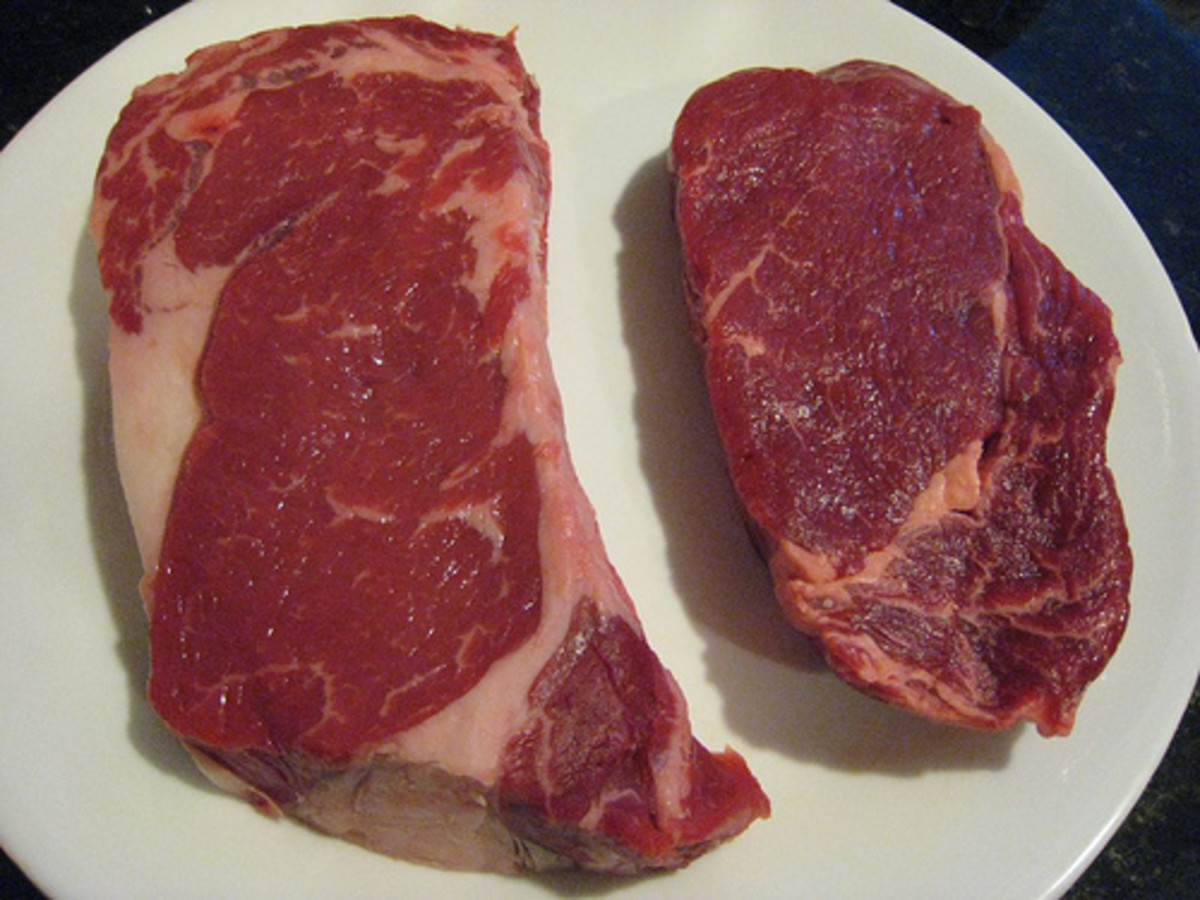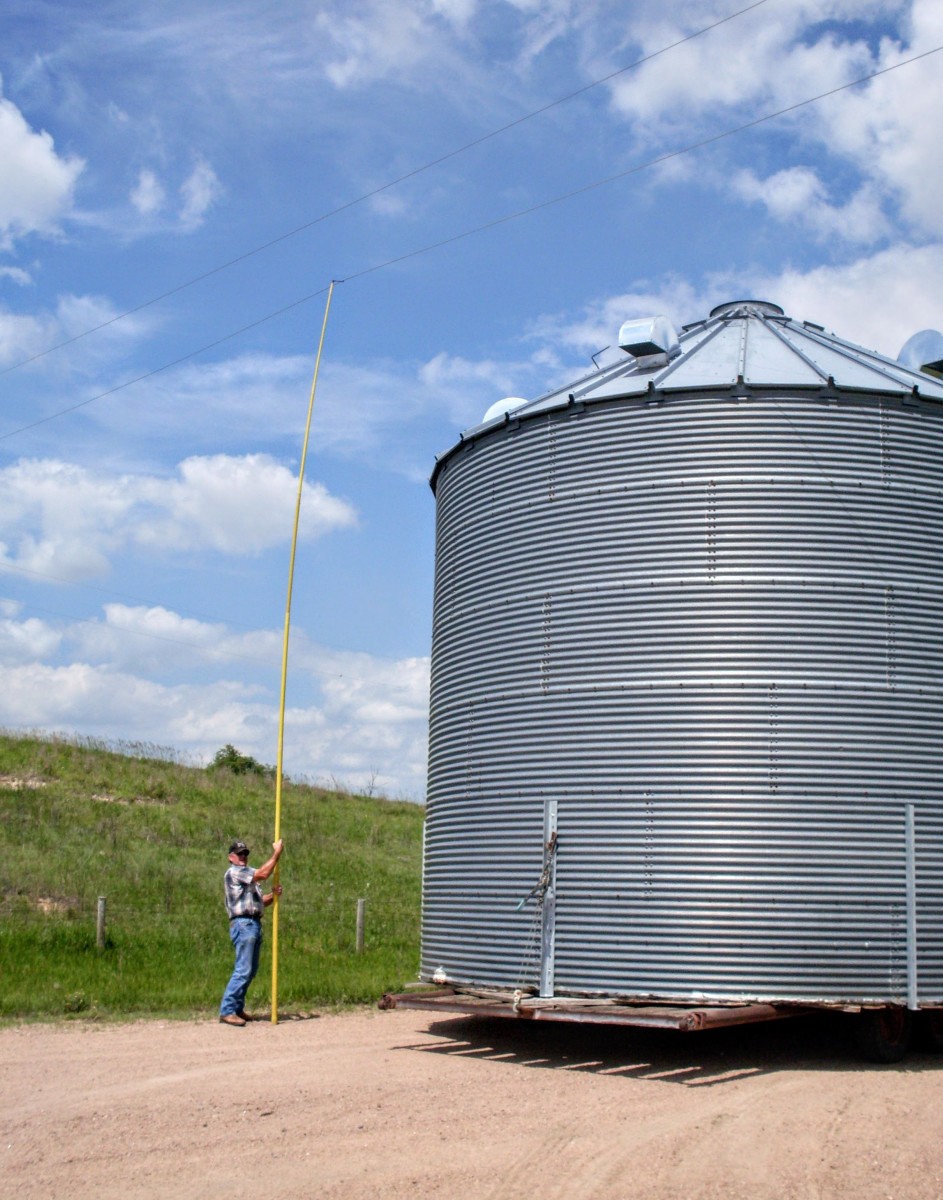Tifton 85 Bermuda Grass: The Hybrid/GMO Semantics
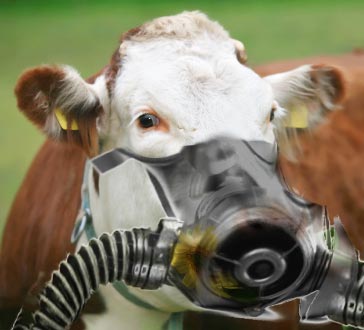
The furor over GMO foods and other megolamaniac human endeavors such as the atrocities of pharmacology (but that's another story) has been gaining steam with thousands more joining forces against corporations such as Monsanto and Syngenta. The topic of GMO's have begun dominating headlines and the pros and cons are diligently debated by those who claim to either be experts on the subjects and those who claim their rights as consumers. The recently released story about the herd of cattle dying from a GMO grass has served to add fuel to the fire.
For those who aren't up to date on the subject, 15 cattle died from cyanide poisoning produced by a genetically engineered grass called Tifton 85 Bermuda grass. After growing and being used for 15 years on the ranch in question, the grass suddenly began producing cyanide which killed 15 of the 18 cattle turned out to pasture in the field. Other farmers, alarmed at the news, were quick to have their own fields of the modified grass tested for the poison, and while it was discovered in several specimens, there have not been any other cattle deaths reported....mainly because no one is now releasing their cattle into fields planted with it.
The breaking story immediately amassed outcries from environmentalists and other groups concerned about the effects of GMO's in relation to human health consequences. The “I told you so's” have become a mantra and fear is mounting about the implications regarding the questionable safety of GMO's in the food chain. One of the big questions hanging unanswered in the air is what might result if cattle poisoned by cyanide should make it to the slaughterhouse for distribution to the dinner table of families across the country.
I'll admit that when I first read the story, I heard my own internal alarms sounding. They weren't shrilling in my head like a fire siren, but they certainly were loud enough to cause a rapid Googling session in search of information that would satisfy my own questions. As usual, I couldn't help but be amazed at the crazy illogical comments and attempted pacifist explanations that seem to litter the internet whenever something like this breaks in the news.
For starters, there were plenty of industry specialists and experts who cried foul because according to them, Tifton 85 is NOT a GMO, but a hybrid. By that, they mean it was done without the genetic manipulation of splicing genes into the base plant. “No, no,” they ascertain, “it's simply the same natural hybridization techniques being used for centuries by farmers.”
Dr. Larry Redmon, Forage Specialist
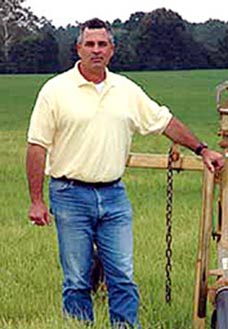
Damage Control
Whether something is called a GMO or it's called a hybrid is simply semantics. No matter how it's sliced (pardon the pun), what is happening is an intentional manipulation of Mother Nature. In our unquenchable thirst for power and money, the human race has become pompous and mistakenly convinced that we can control the monsters we create, that we have the ability to direct nature and shape our world to our own selfish perception of what is good for the rest of the world. And time after time, Mother Nature rises up to strike a retaliatory blow to remind us that we are not as omnipotent as we think. Instead of taking these reminders as the fair warnings they represent, the producers of such products blow them off as minor challenges to be overcome and then attempt to convince their detractors that they know more because they are more educated in the field of study, therefore true experts.
Two days after the story broke, news sites were issuing detractions and making corrections regarding the deaths of the cattle. Apparently, they did not die from cyanide poisoning, but from prussic acid poisoning. Ahem! Prussic acid poisoning is hydrogen cyanide poisoning...same thing and another example of semantics. A second correction addressed the “mistaken” claim that the grass was genetically modified, correcting it to being a hybrid. These corrections are clearly a sign that the power machines are at work doing damage control.
Enter the esteemed Dr. Larry Redmon, State Forage Specialist, who quickly posted this statement on the Texas AgriLife Extension Service blog:
“... There is, although it appears to be an isolated event, prussic acid potential, and therefore potential for cattle death when grazing Tifton 85 bermudagrass....Some private individuals are beginning to issue their own notices at sale barns. This is not the type of announcement our producers need as all this does is alarm people...”
Pardon me, Dr. Redmon, if I gaze at you with a somewhat skeptical eye. Your job is to help farmers to increase profits, not to protect human beings from the harmful effects of farming practices.
The fact that his statement uses the word “potential” several times implies that cyanide poisoning is only possible and not necessarily fact, when after a number of tests on the grass were performed and the site visited several times, it was established that cyanide was the culprit. Dr. Redmon is a professor at Texas A&M where his profile states that he identifies and evaluates management strategies that allow beef cattle producers to reduce costs associated with pasture management, which increases the potential for positive cash flow. In other words, how to make the most money from feeding strategies. The profile also informs us that he conducts various educational programs state-wide in response to requests made by commodity groups and the industry. Hmmm.....
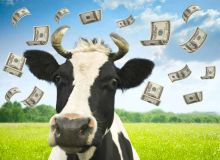
The "Cash Cow"
Cows are big business. Of the one million beef cattle operations in the United States, more than 130,000 are located in Texas. Of the 24 billion pounds of beef generated, Texas produces 7.4 billion. Of the 96 million cattle in the US, Texas operations own the most at a whopping 13.86 million, more than double the amount of the second place holder, Kansas. Beef cattle production represents the largest single segment of agriculture. Cattle produce the highest cash receipts of the top five agricultural commodities in the US at $49.1 billion, also more than double the receipts of the second place holder, dairy products.
Due to “improvements” in feeding systems, and of course the ever increasing use of growth hormones, the average beef production per cow has increased from 400 lbs in the mid-1960s to 600 lbs in the present. Then there's the beef by-products which allow for 99% of every cow to be used (even more cash involved), and I'm not just talking about leather goods such as luggage and shoes.
By-products are used in tires, car polishes, wax, and brake fluid. They're used in ice cream, yogurt, cake mixes, pasta, and margarine, to name a few foods. They're used in candles, pet foods, soap, paints, paper, perfumes, mouthwash and cosmetics, with many more non-edible uses. By far, the most alarming use of beef by-products has to do with the pharmaceutical industry.
That's right, folks, the big bad pharmacology industry has been in bed with the beef industry for years. These are two huge industries throwing money at our government representatives in order to assure their continued dominance over the population. The combined lobbying power is astronomical. Get ready for some heavy resistance to any hint that hybrid feeding systems may be a threat to human health. I use the term “hybrid” loosely since it's essentially the same as a GMO, but those so labeled have already been under attack. This new front is going to create quite a stir and garner even more attention on the issue.
When it comes to the medical uses for beef by-products, there seems to be some conflict. For instance, the pancreas of a cow is used for the insulin (treating diabetes and high blood sugar), chymotrypsin which promotes burn and wound healing, pancreatin for acids in digesting food, and glucagon (treating hypoglycemia or low blood sugar). The conflict here stems from the questions raised in recent years regarding the possibility that growth hormones injected into beef cows are a culprit contributing to the cause of obesity, diabetes, and other thyroid conditions. Just an FYI: low exposure to cyanide over the long term causes thyroid based illnesses. And while cyanide does NOT accumulate in mammals, we still don't know what may be the results of eating the meat from a cow with cyanide in it's system when it's slaughtered for sale.
There are also byproducts from the blood, bones, pituitary glands, and livers used in the medical field. They are used to regulate blood pressure, control renal functions and in treatment of allergies and arthritis. Interesting enough, it's been discovered that certain types of blood pressure medications cause diabetes. Wonder if those medications have beef byproducts used in their manufacture?
With so much at stake, it's no wonder the common consumer is being mislead and fed as much disinformation as we will swallow with great exertion expended to force feed us even more. In reading the numerous articles littering the internet and other news media, I couldn't help but to be drawn into the comment sections. There was an abundance of admonitions for folks to go organic, to insist on grass fed beef, etc. Excuse me, but the dead cattle are dead as a result of being grass fed, and there is no stipulation that organic beef isn't eating the same types of “hybrid” grasses. In fact, to be labeled organic, the cattle must be fed 100% organic feed.
Now that may pose a problem. For a plant to be considered organic, it must be grown without any use of chemicals...no pesticides, only natural fertilizers, no chemical weed killers, etc. So what about the hybrids/GMO's? If the crops are raised in a strictly organic environment, is it permissible to create a blend of feed from them for the animals intended for organic labeling? Exactly how truly organic is the food labeled as such?
Now back to the Tifton 85 Bermudagrass. It's never been known to produce cyanide gas before now. Well that may be, but many plants produce some level of cyanide at different stages of growth, and these plants aren't necessarily hybrid or GMO. However, we need to acknowledge the very real fact that there is no way to know all possible long-term results of cross breeding such plants, or any other, for that matter. Even if long term testing is conducted, can we in total honesty lay claim to being able to foresee and test on all the possibilities?
The Government, Researcher, Monsanto Triangle
Apparently, the esteemed Dr. Larry Redmon was able to see some rather negative possibilities and even wrote a document titled, “Potential Toxicity Issues with Tifton 85 Bermuda grass” that used to appear on the Hays County Agriculture and Natural Resources webpage. It was pulled early this morning (June 26, 2012). Currently the page now reads, “Sorry, the page you were looking for in this blog does not exist.” Hmmmm...... There goes that skeptical eye, blinking a bit more rapidly.
The main theory regarding an explanation is that the long suffered drought in Texas was the trigger that kicked off the cyanide production. I'm sure there will be many more to come, but I'm going to jump the gun a little and throw out another possibility. You readers can decide for yourselves whether the possibility is likely or very slim.
In 2007 a particular GMO experiment was ended. Is it possible that genetic pollution mutated the grass in question? It would seem highly unlikely an experiment conducted as far away as Florida would have repercussions in Texas involving a field of grass that was planted 15 years ago. However, the experiment contains some very interesting statements. Apparently, the US government issued a special grant for Project # FLA-AGR-04224 which began on 9/15/2004 and ended 9/14/2007. The sponsoring institution for the project was NIFA (National Institute of Food and Agriculture). It was instigated and run by the University of Florida.
Stated under GOALS/OBJECTIVES: “...We propose to generate transgenic bermudagrass and seashore paspalum...” Stated under the heading Non Technical Summary: “Pesticide application in warm-season turf and forage grasses is cost intensive and a potential hazard for health and the environment. The purpose of this project is to reduce pesticide applications by developing transgenic turf and forage grasses, which produce insecticidal cry-proteins in their leaves. The transgenic grasses will also be evaluated for resistance to the insect pest fall armyworm.”
I looked up NIFA and read through the webpage. Interestingly enough, the posted information claims that “The National Institute of Food and Agriculture (NIFA) is an agency within the U.S. Department of Agriculture (USDA), part of the executive branch of the Federal Government. Congress created NIFA through the Food, Conservation, and Energy Act of 2008 .” I'm not sure how they could only have been created in 2008 if they were responsible for sponsoring a project that began in 2004 and ended a year before their creation.
http://www.csrees.usda.gov/about/background.html
The project director is listed as one M. Gallo-Meagher. This same name appears on a paper written about blight and kernel discoloration in barley. A co-writer for the paper is R.C. De la Pena whose address is listed as Monsanto Company, St. Louis, MO 63198, USA. Gallo-Meagher is identified as being with the Agronomy Department, University of Florida. The paper in question was published 13 years ago. Gallo-Meagher has also co-authored a number of publications with J.E. Irvine, of Texas A&M agricultural research center. There's another Hmmmmm....
Monsanto has had quite a history with the University of Florida. Now some might say that it's to be expected considering Monsanto's business is biotechnology in agriculture. But I question just how close and intertwined are the interests of NIFA, UF and Monsanto, who has endowed a professorship at the university for the Institute of Food and Agricultural Sciences. So appreciative is the university, that they invited Monsanto to feature its exhibition and brand in the middle of their campus back in February. The title of the mobile exhibition was “America's Farmers,” which Monsanto surely doesn't represent with their ruthless tactics and shameless attacks on small farmers over the encroachment of GMO crops into non-GMO fields. It might also interest you to know that the University of Florida did much of the research on BGH (hormone that stimulates milk production in cows) and has received $millions in gifts and grants from Monsanto who pushes the drug Prosilac (hormone in question).
I predict we haven't seen the end of this, and I guarantee there's much more to be discovered if we are diligent enough to keep demanding logical answers that make sense.




